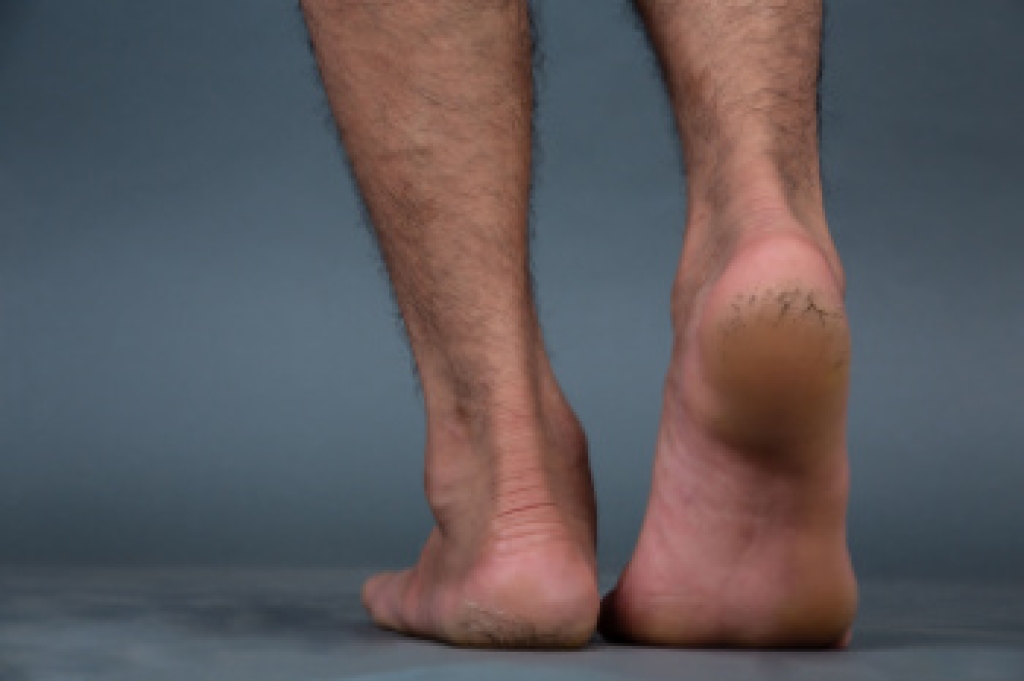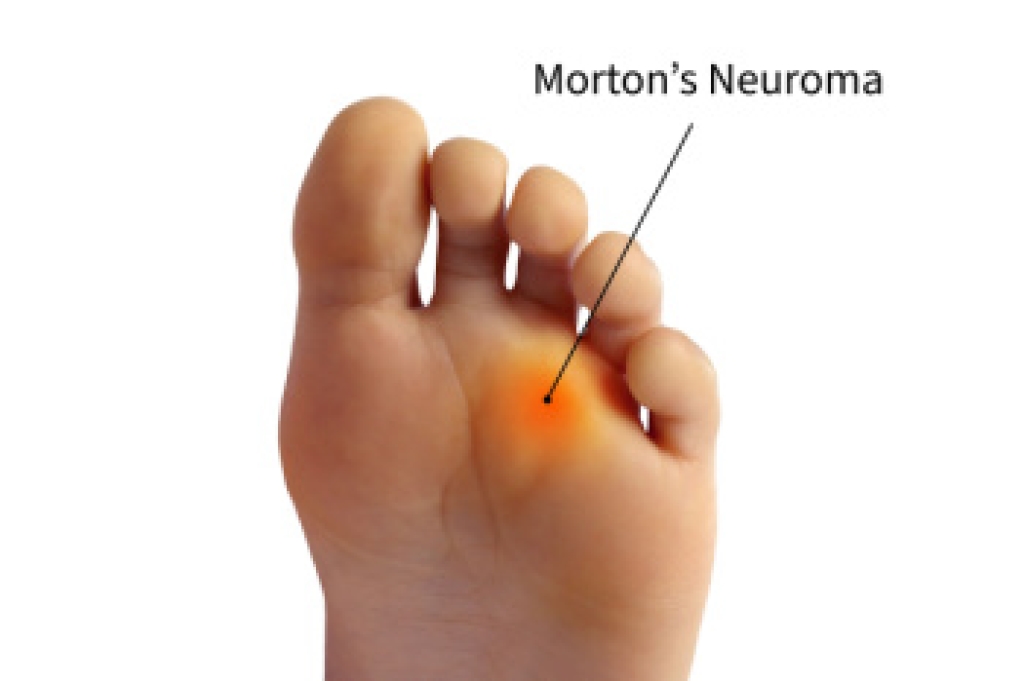 The medical condition that is referred to as Sever’s disease can affect children and young adults who participate in sporting activities. There is a soft area in the heel bone known as the calcaneal growth plate, and it is surrounded by the Achilles tendon and plantar fascia. The heel plate may become inflamed as consistent body weight is placed on the foot, and this may cause your child to limp. It is beneficial to stop the activity that has caused the injury. Additionally, your child may feel relief when a heel lift is placed inside the shoe, as this may help to relieve a portion of the pressure. If your child is complaining of heel pain, consult with a podiatrist who can perform a proper diagnosis and begin effective treatment as soon as possible.
The medical condition that is referred to as Sever’s disease can affect children and young adults who participate in sporting activities. There is a soft area in the heel bone known as the calcaneal growth plate, and it is surrounded by the Achilles tendon and plantar fascia. The heel plate may become inflamed as consistent body weight is placed on the foot, and this may cause your child to limp. It is beneficial to stop the activity that has caused the injury. Additionally, your child may feel relief when a heel lift is placed inside the shoe, as this may help to relieve a portion of the pressure. If your child is complaining of heel pain, consult with a podiatrist who can perform a proper diagnosis and begin effective treatment as soon as possible.
Sever's disease often occurs in children and teens. If your child is experiencing foot or ankle pain, see one of our podiatrists from North Eastern Ohio Podiatry Group LLC. our doctors can treat your child’s foot and ankle needs.
Sever’s Disease
Sever’s disease is also known as calcaneal apophysitis, which is a medical condition that causes heel pain I none or both feet. The disease is known to affect children between the ages of 8 and 14.
Sever’s disease occurs when part of the child’s heel known as the growth plate (calcaneal epiphysis) is attached to the Achilles tendon. This area can suffer injury when the muscles and tendons of the growing foot do not keep pace with bone growth. Therefore, the constant pain which one experiences at the back of the heel will make the child unable to put any weight on the heel. The child is then forced to walk on their toes.
Symptoms
Acute pain – Pain associated with Sever’s disease is usually felt in the heel when the child engages in physical activity such as walking, jumping and or running.
Highly active – Children who are very active are among the most susceptible in experiencing Sever’s disease, because of the stress and tension placed on their feet.
If you have any questions, please feel free to contact our offices located in Willoughby Hills, Euclid, and Beachwood, OH . We offer the newest diagnostic and treatment technologies for all your foot care needs.




